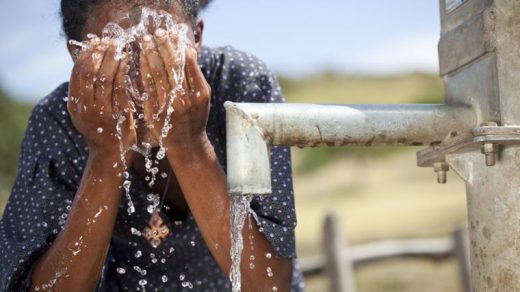Introduction: Climate change has become a pressing issue in recent years, and one of its most alarming consequences is the rise in extreme temperatures. The human impact on our planet’s climate is increasingly evident, and it’s crucial to understand how our actions contribute to this issue. In this blog post, we will explore the relationship between climate change and extreme temperatures, the human fingerprints on these events, and what we can do to mitigate the effects.
- The Connection Between Climate Change and Extreme Temperatures Over the past few decades, scientists have observed a significant increase in the frequency and intensity of extreme temperature events. This trend can be attributed to the overall warming of our planet caused by the accumulation of greenhouse gases in the atmosphere, primarily due to human activities like burning fossil fuels, deforestation, and industrial processes. As global temperatures continue to rise, the likelihood of experiencing more severe heatwaves and cold spells will also increase.
- Human Influence on Extreme Temperature Events Whilst it’s challenging to pin down any specific extreme temperature event to climate change alone, researchers are now able to identify the human influence on these occurrences. Advanced climate models and statistical techniques allow scientists to examine the probability of an extreme weather event happening in a world without human-induced climate change compared to our current reality. This method, known as “attribution science,” has revealed that many recent extreme temperature events would have been highly unlikely without the effects of human-induced climate change.
- The Consequences of Extreme Temperatures The increasing frequency and intensity of extreme temperature events pose severe risks to human health, agriculture, ecosystems, and infrastructure. Extreme heatwaves can lead to dehydration, heat exhaustion, and heatstroke, while prolonged exposure to cold temperatures increases the risk of hypothermia and frostbite. Additionally, extreme temperatures can cause widespread crop failures, exacerbate water scarcity, disrupt ecosystems, and strain energy systems.
- Mitigating the Effects of Climate Change and Extreme Temperatures To address the issue of climate change and its impact on extreme temperature events, we must take immediate and concerted action to reduce greenhouse gas emissions. Some strategies include transitioning to renewable energy sources, implementing energy-efficient technologies, reforestation, and promoting sustainable land use practices. Furthermore, investing in early warning systems and improving infrastructure resilience can help communities better prepare for and adapt to the consequences of extreme temperature events.
Conclusion: The connection between climate change and extreme temperatures is undeniable, and the human influence on these events is becoming increasingly apparent. It’s crucial that we recognise the severity of this issue and work together to implement solutions that mitigate the effects of climate change and reduce our impact on the environment. By taking collective action and adopting sustainable practices, we can help create a more resilient and stable future for generations to come.

